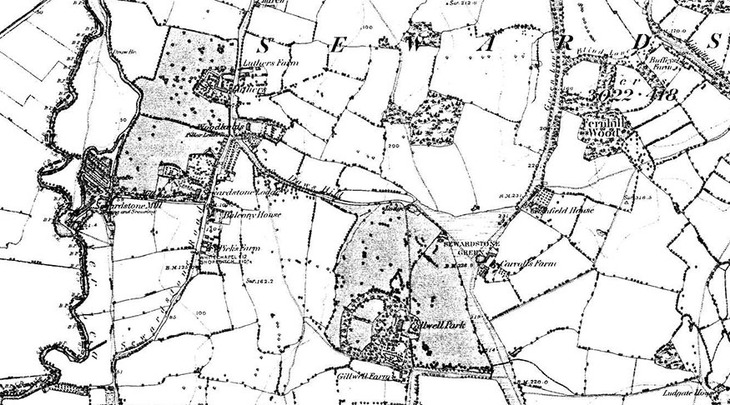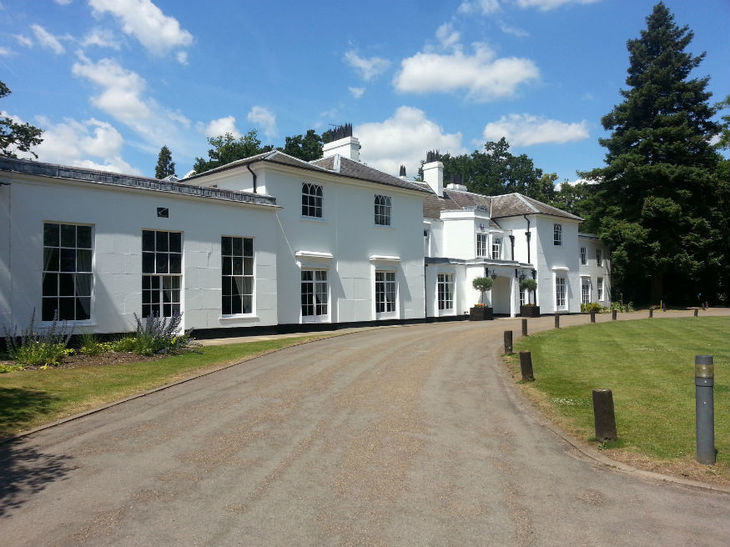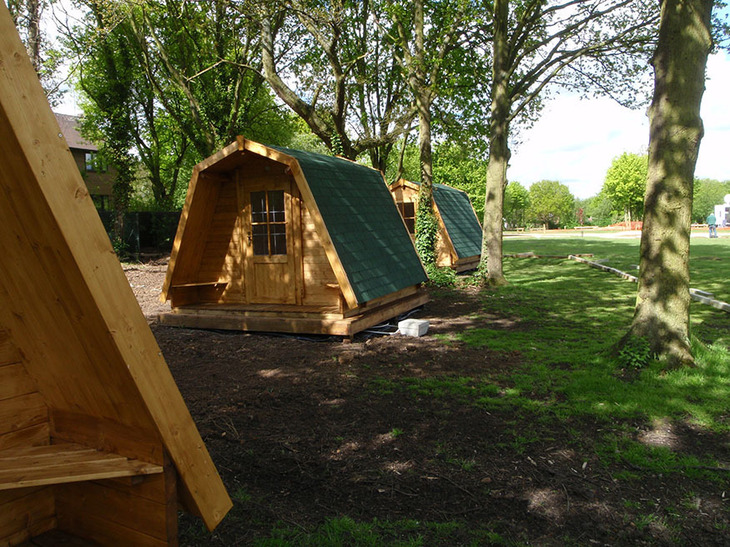
Sewardstone. There are some bungalows, a wood floor business, and an exclusive golf club. Trawling the local papers suggests there have been a few complaints about fly-tipping and travellers around these parts lately.
It’s not a big place, and yet, at the same time, it’s sort of all of the Home Counties in one go. Clearly we’ve left the brightly-lit madness of London well behind to get here.
Or have we? Apparently, we’re in E4. We’re twelve miles from Trafalgar Square as the crow flies - but that’s the postcode we’ve found ourselves in.
We know the ‘proper’ London postcodes (NW, SE, etc) seem to be biased towards north London – in the south, they run out just beyond Tooting, which is only five miles or so from Trafalgar Square.
But surely this is a mistake? Really, Sewardstone is a hamlet with fields around it.
No mistake, though: just a curious little quirk. This is the only area outside Greater London that has a London postcode — even though it’s in the Epping Forest district of Essex.

You see, originally Sewardstone's centre seems to have been a bit further south, closer to Chingford – a town which was granted a London postcode when all that stuff was being sorted out in the 19th century.
Records show that by 1810, the Chingford postman was serving Sewardstone. Because that trend began well before the Epping Forest district was created, we seem to be witnessing a case of Post Office history taking priority over modern local authority boundaries.
So that’s why the E4 postcode extends so far north – and you couldn’t change it now, could you?
What’s particularly ironic about it all is that Sewardstone has kind of bucked London’s classic characteristic: growing and growing beyond recognition. You might have expected estate agents to have seized on the E4 postcode quirk and caused the area to transform massively.
It’s not that Sewardstone hasn’t developed – its architecture is almost exclusively modern, in fact – just that in its size, it seems to be roughly where it was hundreds of years ago.
And it is actually a very historic place which possibly arose during the Iron Age.

There was a medieval manor house here with close ties to nearby Waltham Abbey (and in fact, the hamlet remains that town’s civil parish). Then, later, this became a regional centre for making cotton and flour, and a silk factory set up here took in poor children from local workhouses.
A famous old mill has now gone – making way for a reservoir which stretches up from Enfield – and even the local church, described in 1858 as a “heap of rubbish”, is now only remembered in the name of a field. The historic Sewardstone Lodge caught fire and was torn down in living memory.

But the local area does have a sizeable claim to fame today.
Its southern extent is Gilwell: an old hunting ground, and a wild territory whose forests were supposedly prowled by the infamous highwayman Dick Turpin in the early eighteenth century.
Nowadays this is the location of the headquarters of the Scout movement. Scout leaders from all over the world come here to earn their Wood Badge.
Proof if ever needed that every corner of London's got something to offer.


For more on the quirks of London's postcode system, watch this video:



